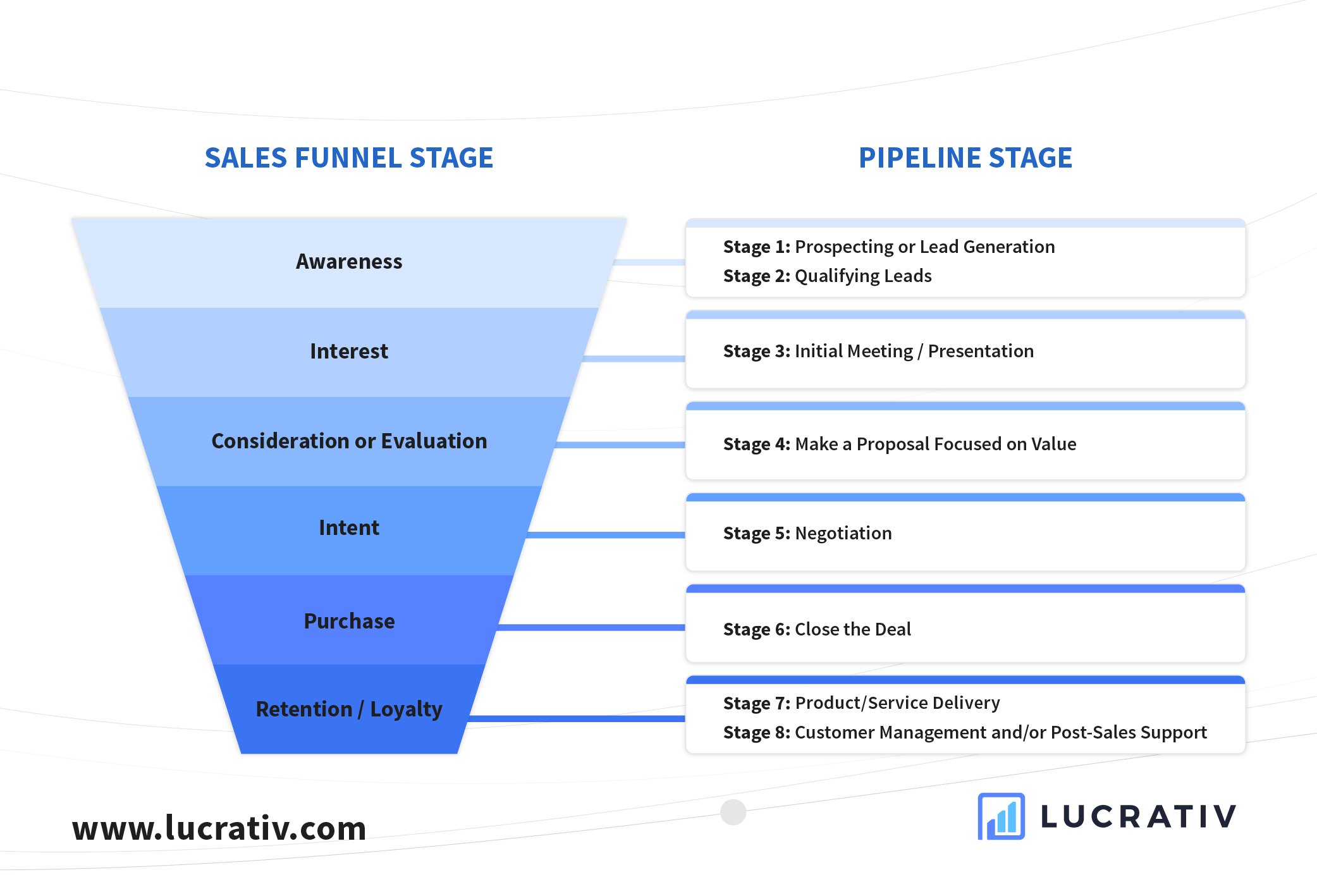
Sales professionals are often told to build a sales cadence, especially when strategizing for outbound sales, lead generation, and lead nurturing.
So what exactly does that mean? In this two-part post we will discuss:
- What is Sales Cadence?
- Why do You Need Sales Cadence?
- What are the Elements of Sales Cadence?
- How do You Build Your Sales Cadence?
What is a Sales Cadence?
Simply put, sales cadence is a timeline or sequence of sales activities, involving different touchpoints, that sales professionals follow to engage and, hopefully, convert a lead.
It’s not just a random schedule you put together. There’s a thought process and a lot of strategic planning involved (which we hope to break down in this post).
Why do You Need a Sales Cadence?
When engaging leads, you basically have two options: do everything on the fly or follow a scalable, systematic process. A sales cadence is the latter, and a scalable and systematic framework are its main benefits.
- Structure
A sales cadence offers a systematic framework that gives your sales team focus. You structure your sales activities so that they’re targeted, with very specific goals. For example: you send the first email with a targeted message (for a very specific intention). Then you call them after a day with yet another specific message in relation to the first touchpoint (the email).
There’s a rational schedule that eliminates inefficiencies (e.g. forgetting to follow up; losing track of what you’ve done and replicating emails) and confusion (e.g. not knowing what to do next).
- Scalability
A sales cadence allows you to scale your sales process(es) and business. This is due to the fact that the steps are so clearly defined, it’s easy to track its success (or failure). (You can track your progress each step in your CRM.)
You can fine-tune an unsuccessful sales cadence, and troubleshoot at every step or where it’s needed. And of course, if a particular one works, you’d want to replicate it and even build on it. A proven sales cadence is replicable—you just share the sequence with your team members and they can follow it.

Photo by freestocks.org from Pexels
What are the Elements of a Sales Cadence?
There are four elements of a sales cadence that you must always factor in when devising your strategy.
1. Timing
It’s been said many times: in Sales, timing is everything.
But the unfortunate fact is: you have no real control over the perfect timing of your sales cadence. There is no way you can guess what your prospect is doing at any particular time of the day.
There are statistics (which we’ll share in the second part) that can help inform you on proper timing, but nothing is ever fool-proof. Timing is a trial-and-error process in sales cadence. Try different times and days and see which ones generate more response.
2. Length and Frequency
The length or duration can be anywhere from two to four (1-4) weeks. We don’t recommend anything shorter than two weeks since 50% of all sales happen after the 5th contact (and yet most sales reps give up just after the second). And you have to space out those five contact points, too.
Where it gets really tricky is the frequency. Most reps are scared to follow up lest they be accused of spamming. But follow-ups are very important in Sales. The trick is to follow up thoughtfully. (And again, this is why a sales cadence is beneficial: there’s a thought process in every step.)
So how should you space out each step? We would recommend that you allot anywhere from one to four (1-4) days when spacing your activities. This gives your prospect some time to read, digest your messages, and (fingers crossed!) craft a response.
3. Touchpoint / Channel
There are three touchpoints or channels you must include in your sales cadence: email, phone call (and voicemail), and social media.
This is usually the first touchpoint because you can send a more thorough introduction of your company and product / service through this channel. Just remember the key points when writing an effective email.
Phone Call / Voicemail
This is where most sales reps get rattled: cold calling. But practice makes perfect …. and makes for fewer rejections. It’s also important that you have a sales script for every scenario.
Social Media
Social selling involves the use of social media to find and engage leads. It is a hot topic these days because it’s been proven effective. If you need more convincing, consider these social selling numbers:
The main thing to remember about social selling is to make a connection first and sell after. How do you make initial contact? We recommend that you ask to connect on LinkedIn as a first step. You can also like the prospect’s brand post or comment on it. It's also important to make sure that your own social media profile is appropriate for professional networking.
4. Content
Here’s the thing: you may have figured out your frequency, your steps per touchpoint, and your timing, but if you haven’t figured out your messaging, it will all be rendered pointless.
Content is very important. You should also consider how you approach your messaging per prospect. Here are some tips on making compelling content:
- Fine-tune your value proposition or unique selling point (USP). Keep it simple, concise, and, yes, unique. Know it by heart so you maintain consistency.
- Keep content (in the touchpoints you send) relevant to the prospect’s needs. The content should also reflect where your prospect’s at in the sales funnel or buyer’s journey. (Is he in the Consideration / Evaluation stage? Email him some social proof, like a case study.) This means that your messaging will vary per prospect. You can’t be sending out templated emails!

- Keep your emails targeted and concise as well. We would say that a good word count is anywhere from 100-200 words. Of course, the more concise, the better.
- Keep all messaging consistent for each prospect across all channels: email, phone call, and social media.
So how do you put all these elements together to build your sales cadence? That’s what we’ll discuss in the next post.
Main photo by picjumbo.com from Pexels





